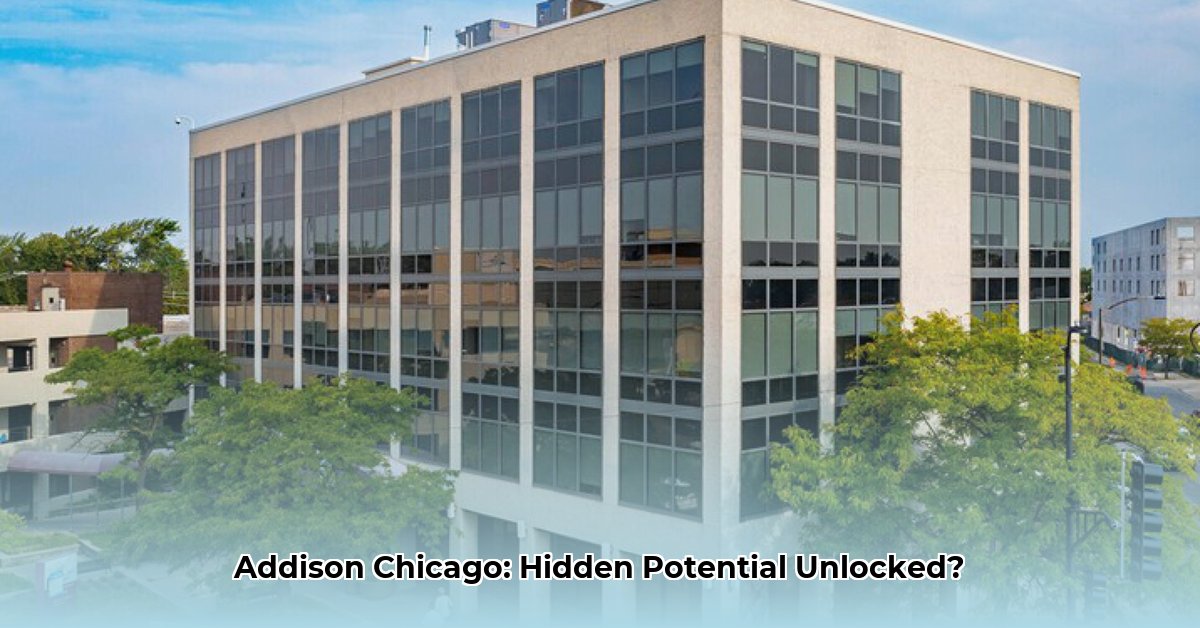
5600 W Addison: A Neighborhood Analysis
5600 West Addison Street in Chicago presents significant development potential, yet its impact on the surrounding community hinges critically on the nature of any proposed project. Will it be residential, commercial, or a mixed-use development? The specifics are paramount. This analysis explores the various possibilities and their potential consequences.
Location, Current Landscape, and Future Projections
5600 W Addison is situated in a dynamic, evolving area of Chicago. Its success, and the influence it exerts on the surrounding neighborhood, depends heavily on the type of development undertaken. The pre-existing businesses, residential structures, and infrastructure significantly impact how a new project integrates into the existing community fabric. Understanding the current conditions is crucial before predicting future changes.
Potential Upsides: Community Benefits
A thoughtfully planned development at 5600 W Addison could significantly benefit the neighborhood. Increased property values could boost resident wealth. New businesses could create jobs and offer enhanced convenience. Infrastructural improvements, such as better roads, sidewalks, and public transit, are plausible outcomes. Even improvements to public spaces, such as new parks or community gardens, could enhance the quality of life. This positive change could create a ripple effect, strengthening community identity and fostering a sense of place.
However, is this a realistic expectation? Data on similar projects in comparable neighborhoods will be crucial in assessing the probability of these positive outcomes.
Potential Downsides: Challenges and Concerns
Conversely, poorly planned development could strain existing resources. Increased traffic congestion could lead to longer and more frustrating commutes. Overburdening of schools and other public services is a realistic concern. Displacement of existing residents could alter the neighborhood's character and community dynamics. A thorough cost-benefit analysis is needed to ensure the advantages outweigh the potential drawbacks. Who benefits most? Is it primarily the developers or the current residents? This equitable distribution of benefits is a crucial consideration.
Market Demand Analysis: Understanding Community Needs
For 5600 W Addison to thrive, it must meet current and anticipate future community needs. Is there a shortage of affordable housing? Are there unmet commercial needs? Does the community desire more green spaces or recreational amenities? Rigorous market research is essential. This involves analyzing comparable properties, rental and sales data, and local employment trends. Developers must possess a deep understanding of the market before proceeding.
Data-Driven Insights: A Quantitative Assessment
To accurately gauge the impact, we require solid data. This includes property records, census information, and potentially resident surveys. A comprehensive comparison of conditions before and after development will be vital. Tracking changes in property values, rental costs, and local business activity provides a clearer picture of the development's true influence.
Community Engagement: The Importance of Collaboration
Resident input is crucial. Open communication between developers, local authorities, and residents is paramount. Addressing concerns proactively and seeking feedback ensures the project serves the entire community. Transparency fosters trust and cooperation, and aims to enhance, rather than diminish, the neighborhood's character and quality of life.
Conclusion: A Path Towards Sustainable Growth
The future of 5600 W Addison and its impact depend on meticulous planning. A data-driven approach and prioritization of community engagement are essential for a positive outcome. The project's long-term success hinges on its ability to seamlessly integrate into the existing community, building upon its strengths while mitigating its challenges. Further research into specific development plans and ongoing monitoring with community feedback mechanisms will be crucial in observing the long-term effects.